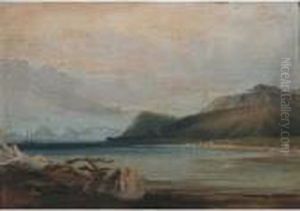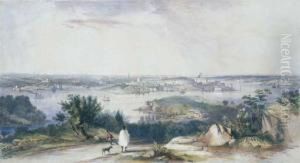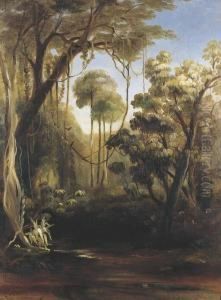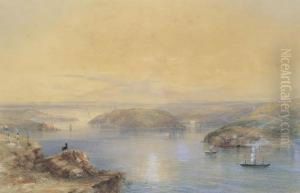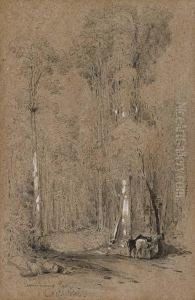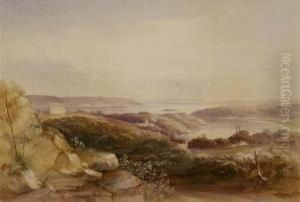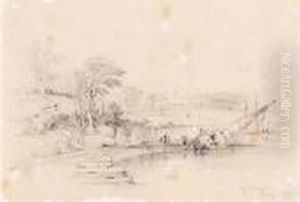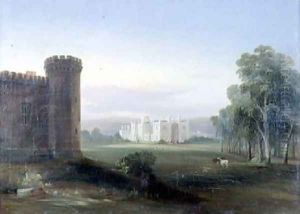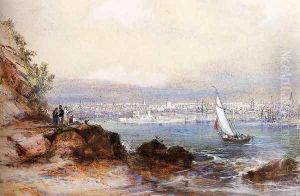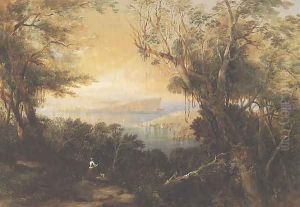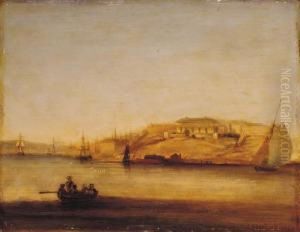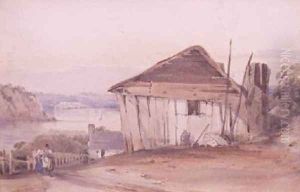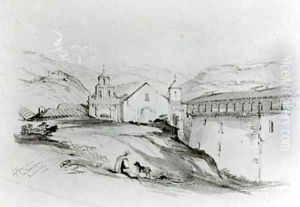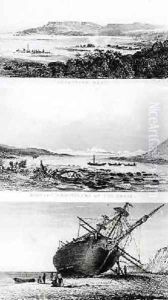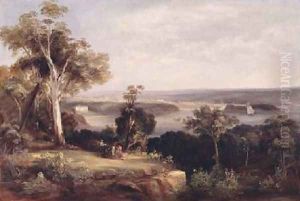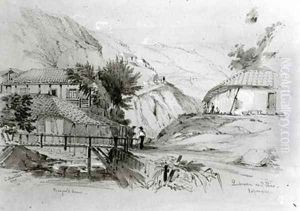Conrad Martens Paintings
Conrad Martens was an English-born landscape painter who became prominent in Australia. He was born on June 5, 1801, in London to a German merchant father and an English mother. Martens was trained in England, where he developed a style influenced by the great British landscape artist, J.M.W. Turner.
In 1832, Conrad Martens embarked on a voyage to South America, where he joined the crew of the HMS Beagle as a topographical artist, replacing the ship's previous artist who had become ill and disembarked. This opportunity led to Martens meeting Charles Darwin, who was on his famous voyage at the time. Martens' sketches and paintings from this period provide a visual record of the places the Beagle visited, complementing Darwin's scientific observations.
Martens arrived in Sydney, Australia, in 1835, after the Beagle voyage, and decided to settle there. In Australia, Martens quickly became a significant figure in the colonial art scene. His work captured the unique Australian landscape, including its vast skies, dramatic topography, and distinctive flora. Martens traveled extensively throughout New South Wales and Queensland, producing a considerable body of work that was well received by both the public and his patrons.
He held several exhibitions in Australia and his work was highly sought after. Martens is particularly known for his watercolor paintings, although he also worked in oils. He was able to capture the dramatic contrasts and the unique light of the Australian environment, making a substantial contribution to the visual representation of the continent's landscapes in the 19th century.
Conrad Martens' legacy includes a rich collection of artworks that document an important period in the development of Australian colonial art. He had a significant impact on the Australian art scene and influenced the next generation of Australian artists. Martens died on August 21, 1878, in Sydney, but his work continues to be celebrated and studied as an integral part of Australia's cultural heritage.





